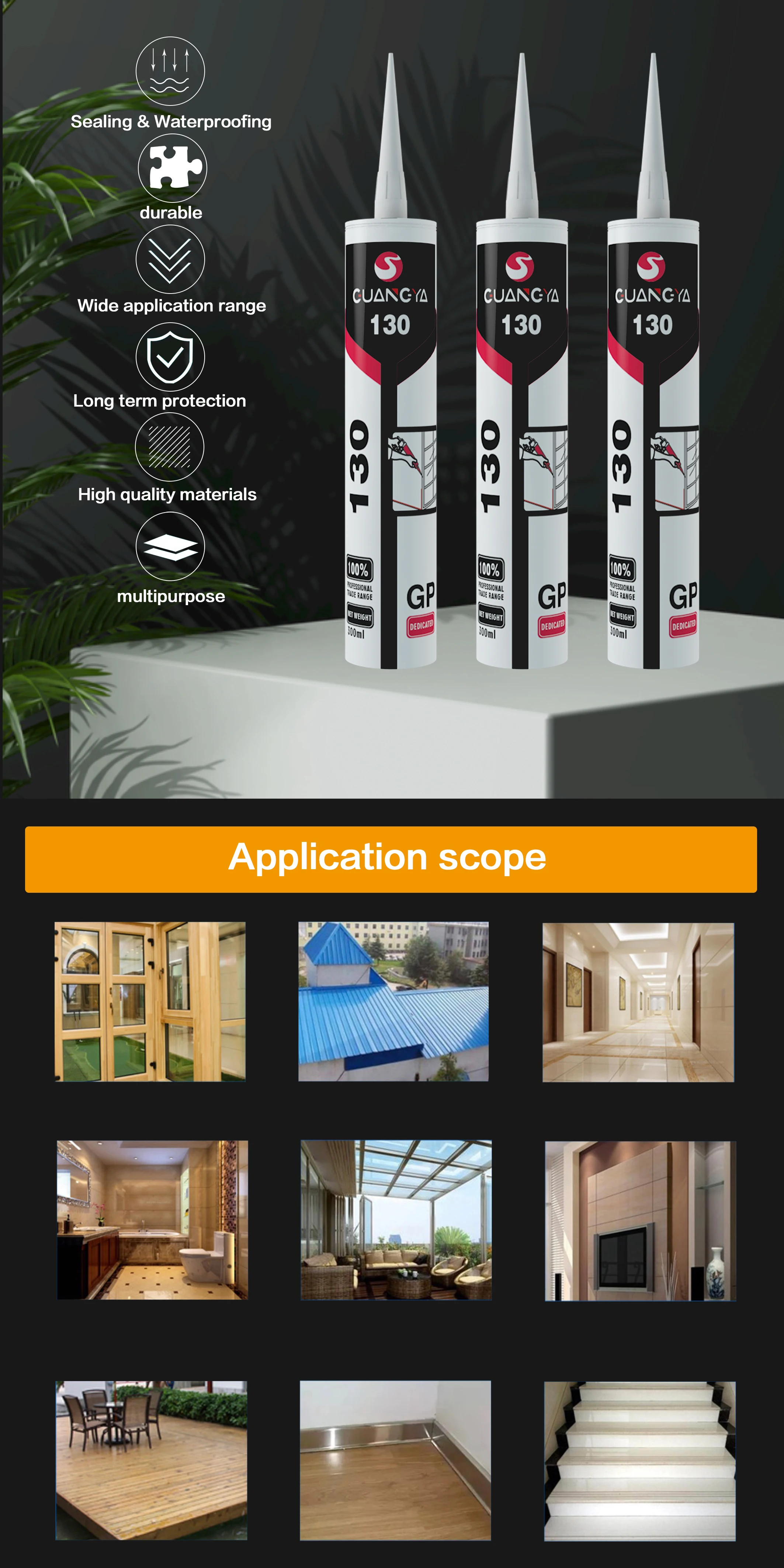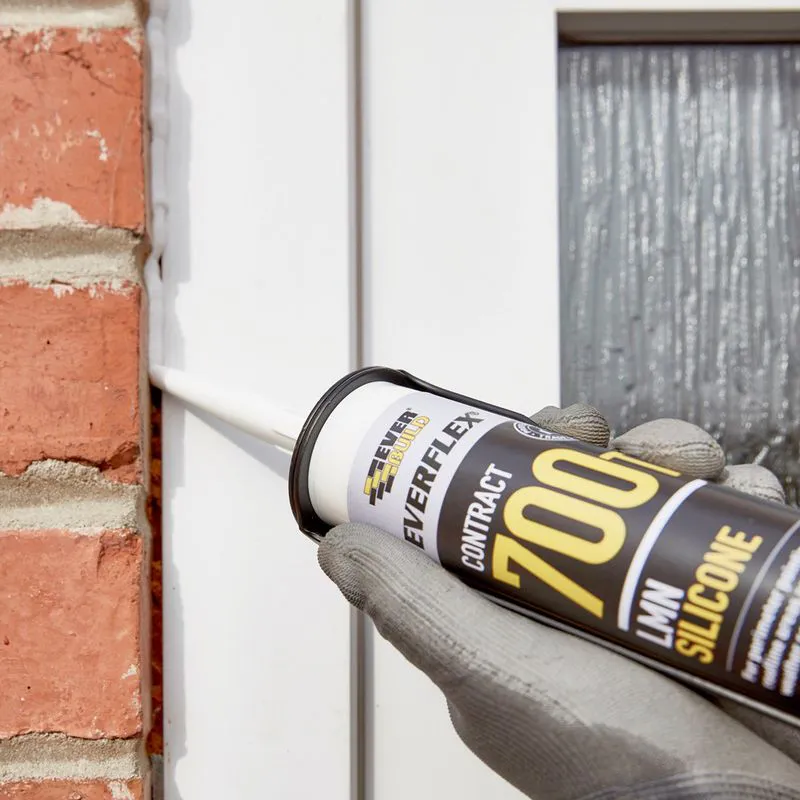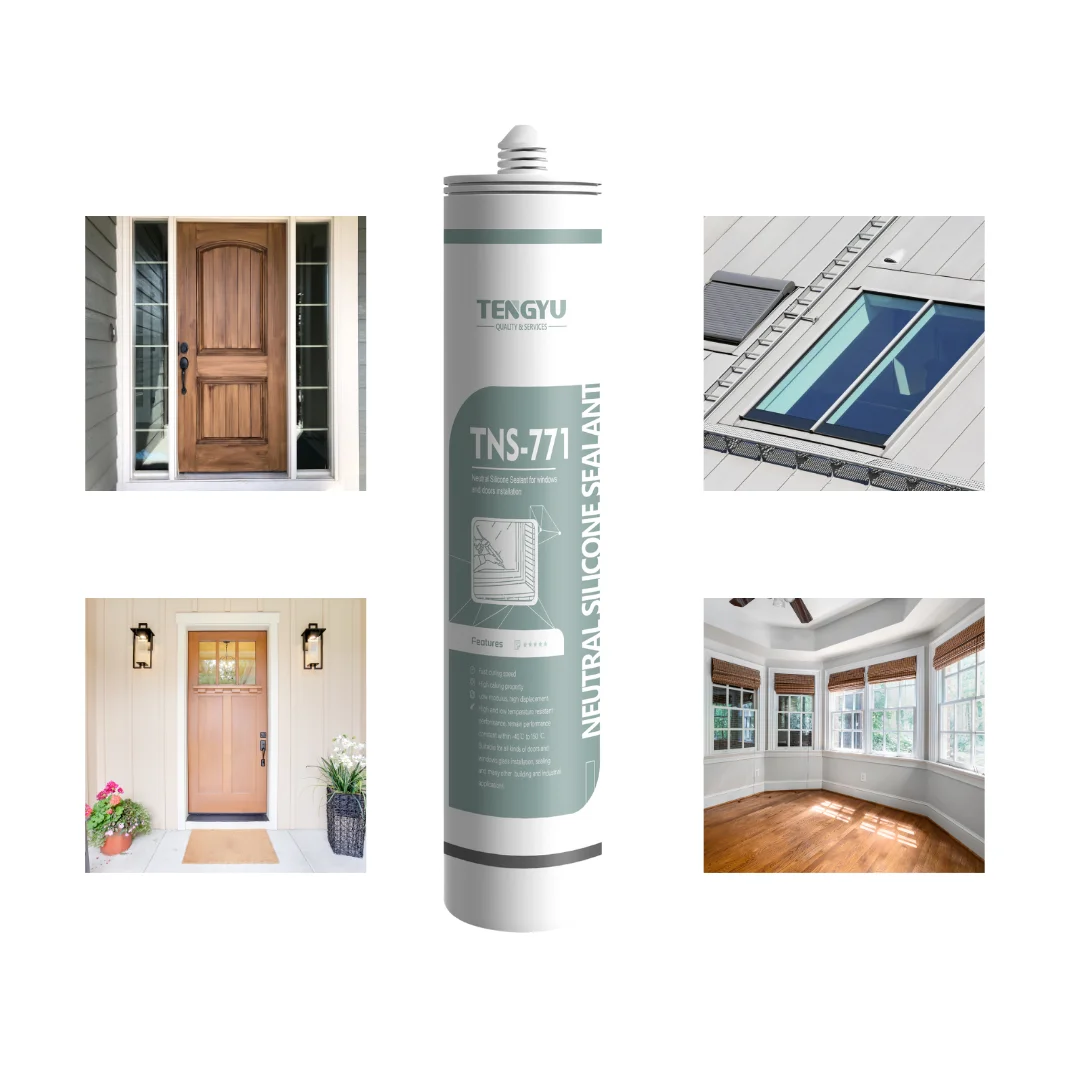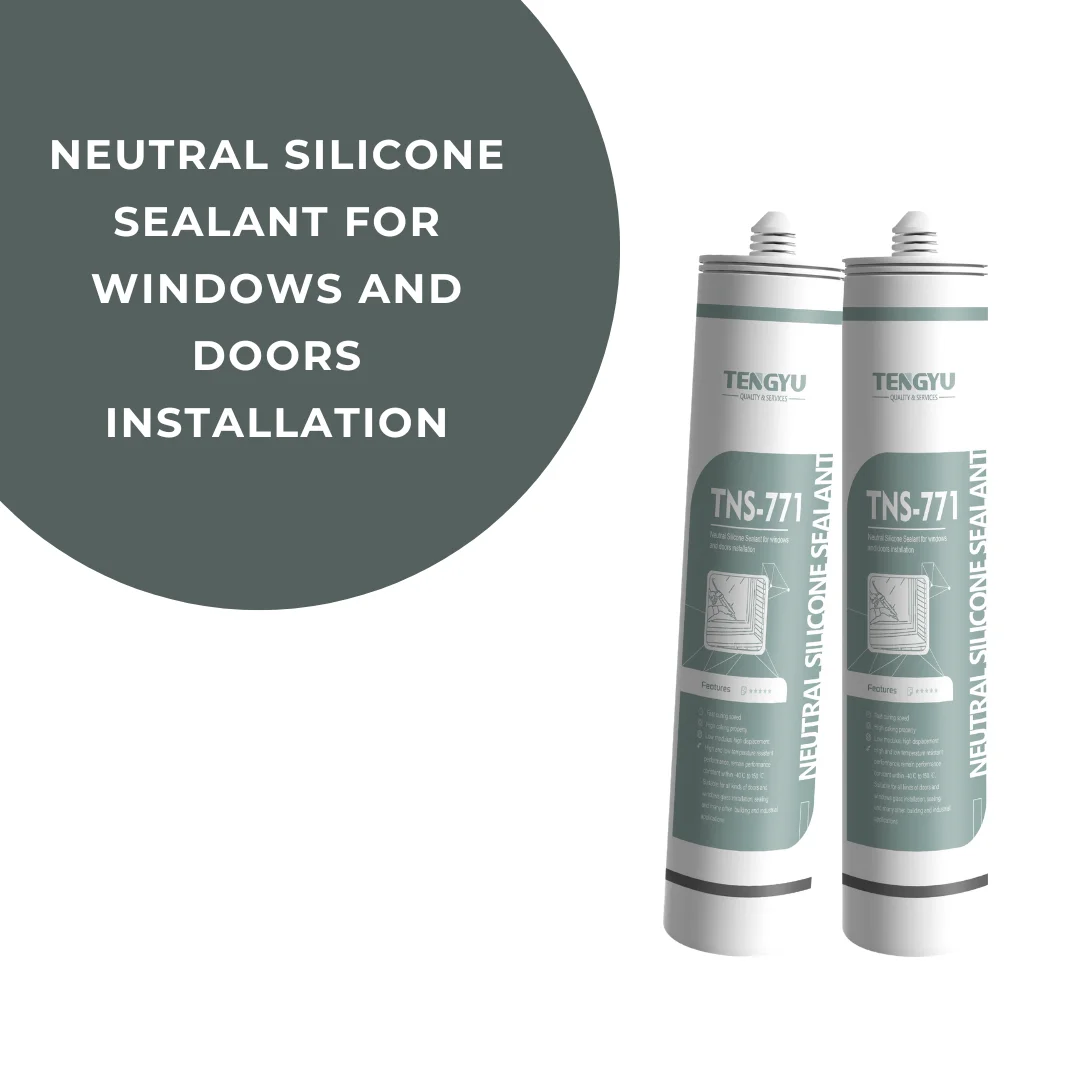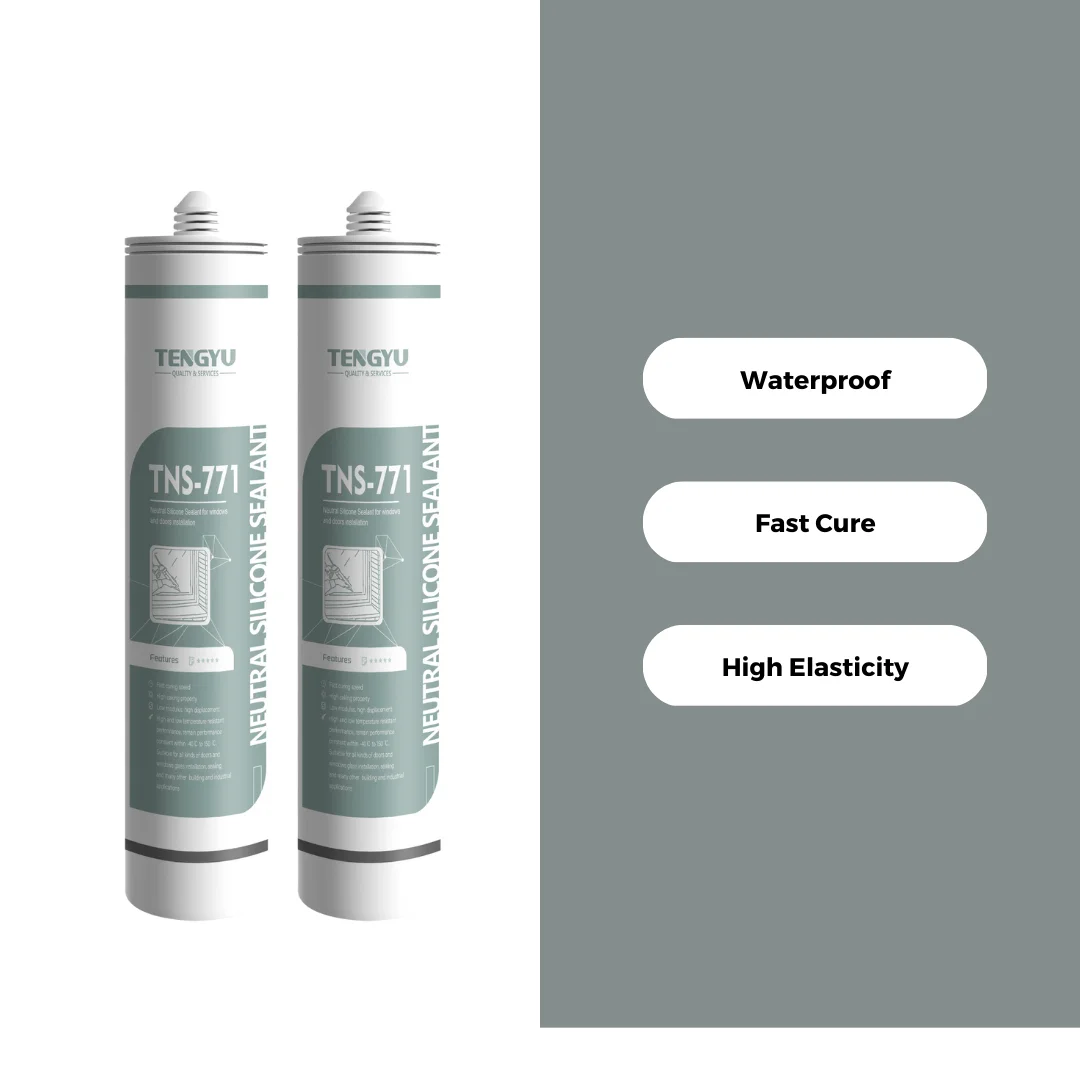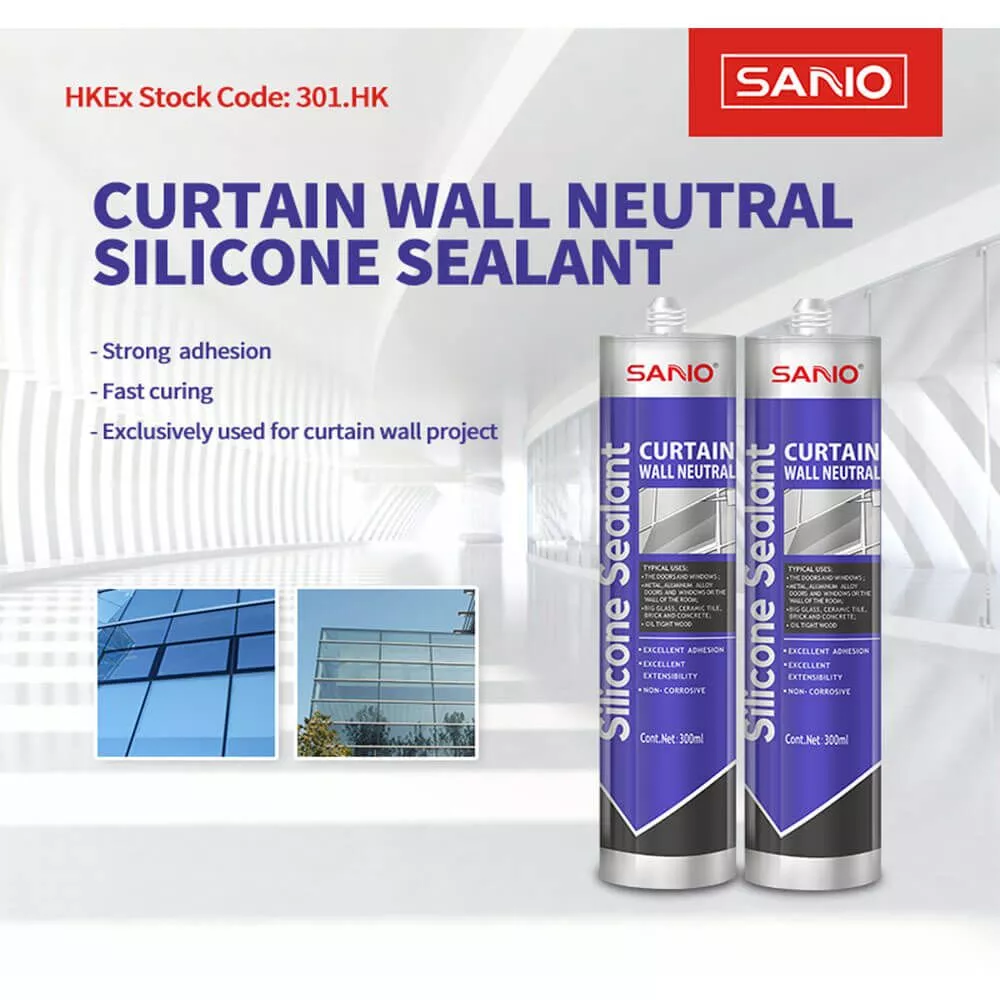Carbon Neutral Silicone Sealant Building Façade

The construction industry, a significant contributor to global carbon emissions, is facing increasing pressure to adopt sustainable practices. A groundbreaking development promises to significantly reduce the carbon footprint of building facades: carbon-neutral silicone sealant. This innovation has the potential to revolutionize how we construct and maintain buildings, offering a pathway toward a more sustainable built environment.
This article delves into the development, application, and implications of carbon-neutral silicone sealant for building facades. It examines the technology behind its carbon neutrality, its potential benefits for the construction industry, and the challenges that lie ahead in its widespread adoption. Furthermore, it will explore different perspectives on this innovation, considering both its promise and potential limitations.
The Rise of Sustainable Sealants
Traditional silicone sealants, while offering excellent weatherproofing and durability, rely on carbon-intensive manufacturing processes. The production of raw materials, transportation, and the energy required for manufacturing all contribute to a significant carbon footprint. The growing demand for sustainable building materials has spurred innovation in the sealant industry, leading to the development of carbon-neutral alternatives.
What Makes it Carbon Neutral?
Carbon neutrality in silicone sealant is achieved through a combination of strategies. These include reducing the carbon footprint of the manufacturing process and offsetting the remaining emissions through verified carbon offsetting projects. This often involves investing in renewable energy projects, reforestation initiatives, or carbon capture technologies.
Specific details vary between manufacturers, but the core principle remains the same: to balance the carbon emitted during the sealant's lifecycle with an equivalent amount removed from the atmosphere. Companies often partner with independent organizations to verify their carbon neutrality claims, ensuring transparency and accountability.
Applications in Building Facades
Silicone sealants play a critical role in building facades, providing weatherproofing, insulation, and structural integrity. They are used in various applications, including sealing joints between cladding panels, glazing systems, and window frames. The transition to carbon-neutral silicone sealant offers a significant opportunity to reduce the overall carbon footprint of these buildings.
Replacing traditional sealants with carbon-neutral alternatives in both new construction and renovation projects can contribute to achieving green building certifications like LEED and BREEAM. These certifications increasingly prioritize the use of sustainable materials and carbon reduction strategies.
Architects and developers are increasingly specifying carbon-neutral sealants to meet their sustainability goals and appeal to environmentally conscious clients. The availability of these products allows them to design and construct buildings with a significantly lower environmental impact.
Benefits and Advantages
The primary benefit of carbon-neutral silicone sealant is the reduction of greenhouse gas emissions associated with building construction. This contributes to mitigating climate change and promoting a more sustainable built environment. Beyond its environmental impact, carbon-neutral sealants also offer several practical advantages.
Many carbon-neutral sealants maintain the same high performance characteristics as their traditional counterparts, including excellent adhesion, durability, and weather resistance. This means that builders and contractors can achieve the same level of performance without compromising on sustainability.
The adoption of carbon-neutral sealants can also enhance a company's reputation and brand image. Demonstrating a commitment to sustainability can attract environmentally conscious customers and investors.
Challenges and Considerations
Despite its potential, the widespread adoption of carbon-neutral silicone sealant faces several challenges. One significant hurdle is cost. Carbon-neutral sealants can be more expensive than traditional options, potentially increasing upfront construction costs. However, life cycle cost analysis may reveal long-term savings due to improved energy efficiency and reduced maintenance.
Ensuring the credibility of carbon neutrality claims is also crucial. It is important to verify that manufacturers are using legitimate carbon offsetting programs and that their claims are independently certified. Transparency and accountability are essential to building trust in these products.
Some contractors may be hesitant to switch to new materials or unfamiliar brands, particularly if they have established relationships with existing suppliers. Education and training are needed to familiarize contractors with the benefits and proper application techniques of carbon-neutral sealants. According to a recent study by the U.S. Green Building Council, adoption rates are directly related to the level of education provided to contractors and builders.
Industry Perspectives
Dow, a major player in the silicone industry, has been investing heavily in developing sustainable sealant solutions. They have publicly stated their commitment to reducing their carbon footprint and offering carbon-neutral products to their customers. "Sustainability is at the heart of everything we do," says Mary Smith, Dow's Vice President of Sustainability. "We are committed to providing innovative solutions that help our customers achieve their sustainability goals."
Sika, another leading sealant manufacturer, offers a range of sustainable products, including carbon-neutral sealants. They emphasize the importance of life cycle assessment in evaluating the environmental impact of their products. They believe that life cycle assessments are vital to evaluating the real environmental impact of their products.
Architects are generally positive about the emergence of carbon-neutral sealants, seeing them as a valuable tool for achieving their sustainability goals. However, they also emphasize the importance of performance and durability, ensuring that sustainable materials do not compromise the quality of the building.
"We are always looking for ways to reduce the environmental impact of our projects," said John Doe, a principal architect at a leading design firm. "Carbon-neutral sealants are a promising development, but we need to ensure that they meet our performance requirements."
The Future of Sustainable Building Facades
The development of carbon-neutral silicone sealant is a significant step toward creating more sustainable building facades. As demand for green building materials continues to grow, innovation in this area is likely to accelerate. This will lead to even more sustainable and cost-effective sealant solutions.
Further research and development are needed to improve the carbon footprint of sealant manufacturing processes and explore alternative raw materials. Collaboration between manufacturers, architects, and contractors is essential to drive the adoption of sustainable sealants and promote a more environmentally responsible construction industry. The push for more government regulations and incentives towards environmentally-friendly building materials will also impact the adoption rate of these materials in the future.
Ultimately, the widespread adoption of carbon-neutral silicone sealant and other sustainable building materials will play a critical role in creating a more sustainable and resilient built environment. It is a vital step in mitigating climate change and building a better future for generations to come.
